Safeguarding intangible cultural heritage: Still a long way to go?

Cultural heritage encompasses both tangible and intangible elements that form the bedrock of ethnic or regional practices, connecting the past with the present and future. Bangladesh, with a population of approximately 170 million across 148,460 square kilometres, boasts a rich cultural tapestry comprising unique traditions and practices.

While many countries grapple with challenges to preserving their cultural identities, Bangladeshis are intricately woven into diverse tangible and intangible cultural facets. Grandmothers impart regional fantasy stories, lullabies, and traditional recipes; evenings resonate with the melodic tones of puthi and kirtan. The concept of 'Baro Mashee Tero Parbon' remains an integral part of daily life.
However, possessing such a culturally endowed heritage raises a crucial question: is it enough?

Lubna Marium, a renowned dancer, cultural activist, and artistic director of Shadhona, asserts, "Unfortunately, culture has become a primary site for struggle." Recognising the cultural construct of the state, Marium emphasises that any threat to culture hampers societal progress, national unity, and diversity. To address this, she has spearheaded the establishment of a comprehensive Intangible Cultural Heritage Inventory (ICH) through Shadhona.
"From our history, we know that the state is a cultural construct. Any threat to culture adversely affects cultural attributes, barring the state's goals of social progress, national unity, and diversity. Under these circumstances, safeguarding culture is of utmost importance," said the cultural personality.
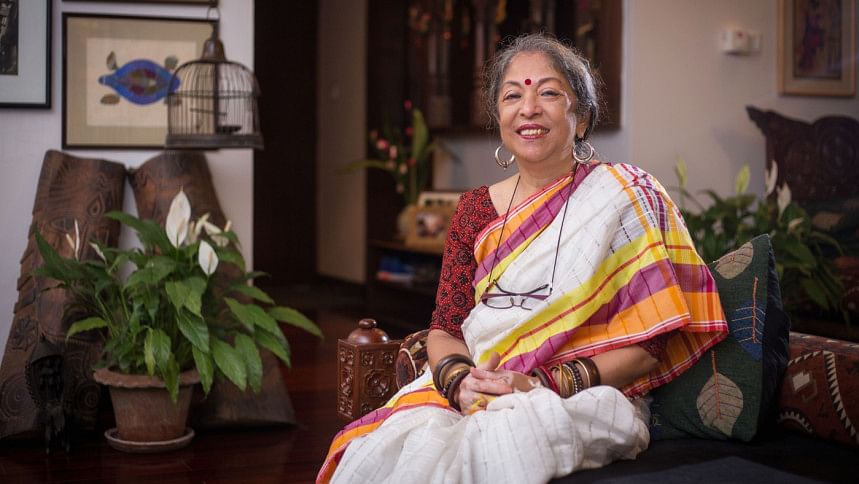
With Lubna's consistent efforts and struggle over the last 14 years, she, with the help of Unesco and the Bangladesh National Museum, has been able to create a national inventory and a web application where any person can make an entry of intangible cultural heritage and practices, exclusive to one's community.
"The truth, though, is that in spite of the infrastructure for safeguarding communities being in place, Bangladesh is far away from the practical implementation of the tenets of the ICH Convention. Truly, there are many slips between the cup and the lip, especially if the hand that holds the cup is both unaware and unwilling," she added.

"A commendable achievement on Lubna Marium and Shadhona's part, of course, but is it enough?" asks Saymon Zakaria, a prominent Bangladeshi folk researcher and Deputy Director of the Department of Culture in the Bangla Academy. "Now that we have an inventory, we would have to reach people on the community level and make them aware and train them on listing their intangible cultural heritage on the inventory and safeguarding them by practising and transmitting them to the younger generation," said Saymon.
Lubna Marium underscores the intricate connection between cultural elements and their respective communities, stressing the importance of safeguarding practices that have held significance for thousands of years. She proposes a four-goal approach: documentation, celebration, transmission, and ensuring sustainability through eco-tourism.

"We need to follow the four-goal approach to safeguarding intangible heritage. The first one is documentation; we are halfway through this process. The second is celebration, where we enlist the heritage and make people aware of how significant the craft or practices are; the third is transmission, where the cultural element gets inherited or transmitted by the next generation through conscious modus operandi. The last one is ensuring the sustainability of the heritage, and it can be achieved through eco-tourism," Lubna states.
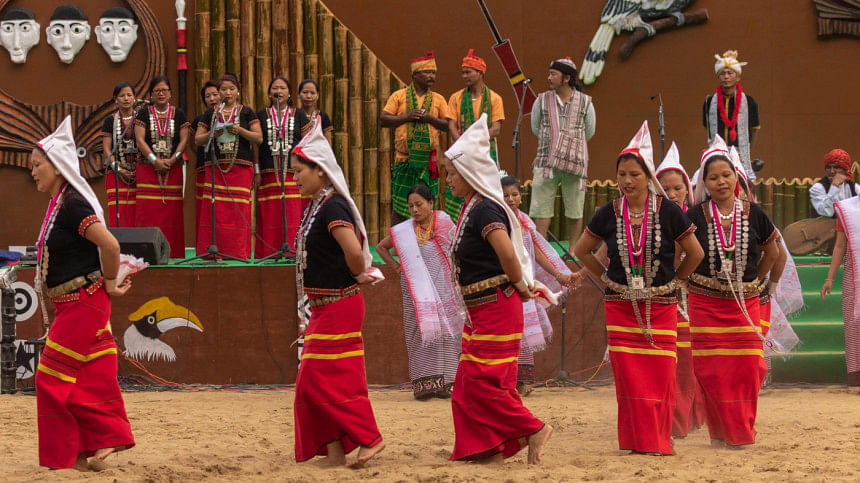
Highlighting the importance of cultural heritage as a right, Lubna notes that Bangladesh is a signatory to the 2003 Unesco Convention for the Safeguarding of Intangible Cultural Heritage (ICH), signed in 2009.

Notably, the convention encourages Member States to safeguard ICH practices to empower communities. The convention also provides guidelines for integrating ICH safeguarding processes with the "action and delivery" efforts to achieve the Sustainable Development Goals (SDGs) of 2030.
"We have full knowledge that it is difficult for the government to understand the process to make an agreement and work alongside on the stakeholder level, and it's new for them to work with a consortium where civil participation is involved. They had no such previous experience," said Saymon.
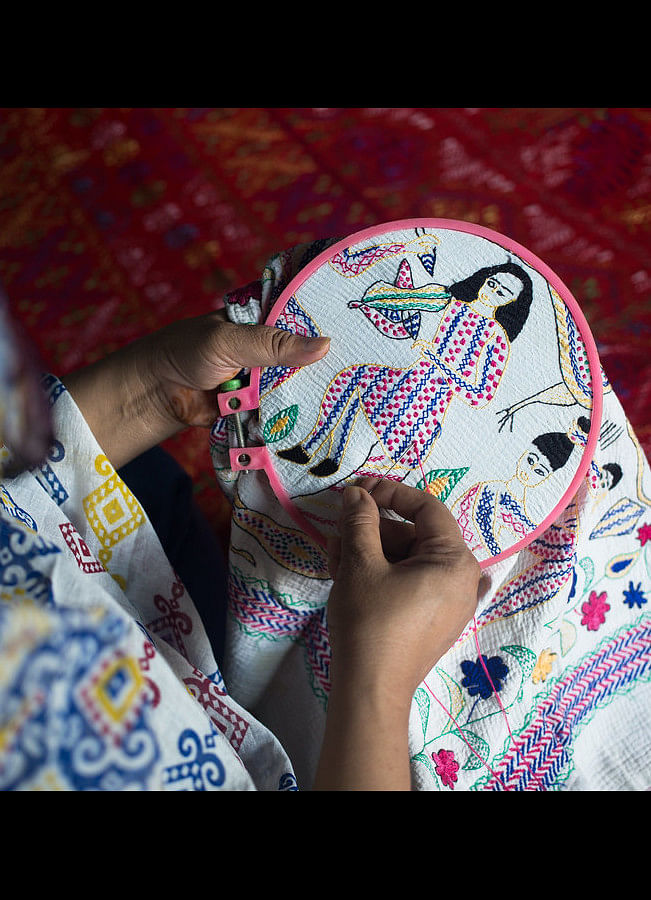
"However, we are trying our hardest to communicate and make them aware that it is possible, like most of the other countries, which are partnering with collaborators outside the bureaucratic spectrum," added Saymon.

Denoting the challenges Lubna faces in her journey to safeguard our heritage, she said, "I would say, from the government's part, the barriers that we are facing in aligning this project are not because they are not enthusiastic or helpful enough. I believe it is mainly due to bureaucratic difficulties. Let's say we align one or two personnel from the Ministry of Cultural Affairs in the project, but he or she gets transferred after two or three years, and we are required to repeat the process."
"It is what has been happening for the last 14 years. We have the Unesco accreditation; we have the funds; the only thing we need more of is a little enthusiasm and participation from the government's end to go to the next step of safeguarding," said the cultural activist.
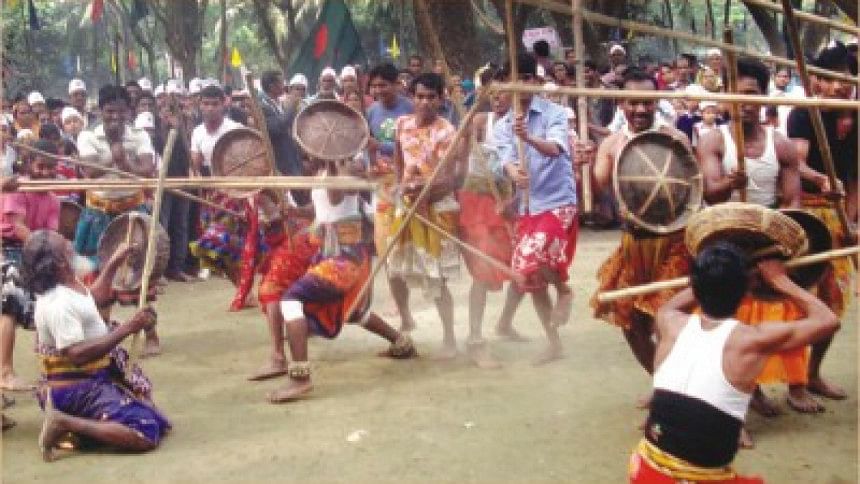
"We are planning to divide the project into eight divisions this time. We will divide into teams, reach a community or two in each division, and train them in safeguarding ICH practices. Recently, we concluded our first community-based heritage fair at the National Museum in the capital, and I am really optimistic that we will be able to achieve what we envisioned," said Lubna.
Lubna's non-profit organisation, Shadhona—a centre for the advancement of South Asian culture and the only Unesco ICH Committee accredited NGO in Bangladesh—has an impressive decade-long history of safeguarding ICH practices. This includes the revitalisation of Lathikhela, Bangladesh's very own martial art; support of the ritual performances of Manasamangal; and conducting Manipuri dance training for the Manipuri communities in Srimangal.
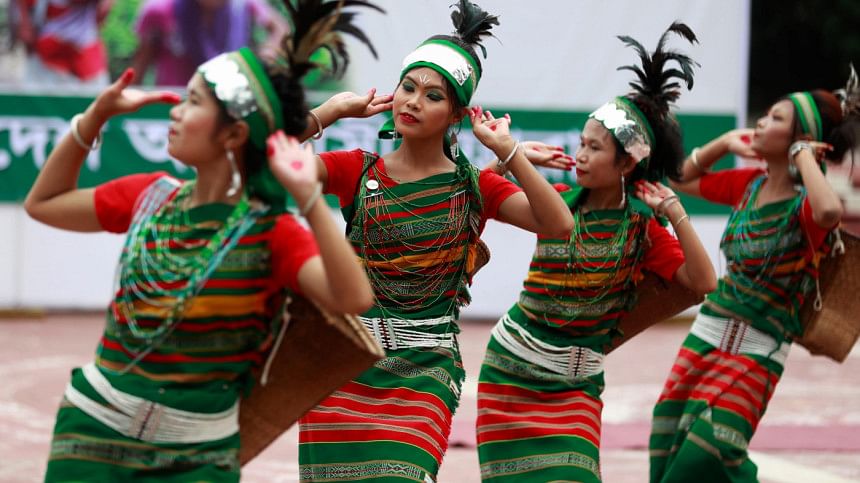
To this end, the consortium has trained around 1,000 community members, students, academics, and cultural activists to work on the ICH-pedia. It now appeals to the public to join this participatory process of inventorying ICH practices within Bangladesh, said the prominent dance prodigy.
As Shadhona and The National Museum mark the 20th anniversary of signing the Unesco Convention, a heritage fair titled Oitijjho was held from November 18 to 19 at The National Museum premises in the capital. Lubna Marium remains optimistic about the future, stating, "It's a long way to go, but with adequate assistance from the government and communities, we will be able to safeguard our cultural heritage."

 For all latest news, follow The Daily Star's Google News channel.
For all latest news, follow The Daily Star's Google News channel. 


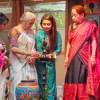






Comments